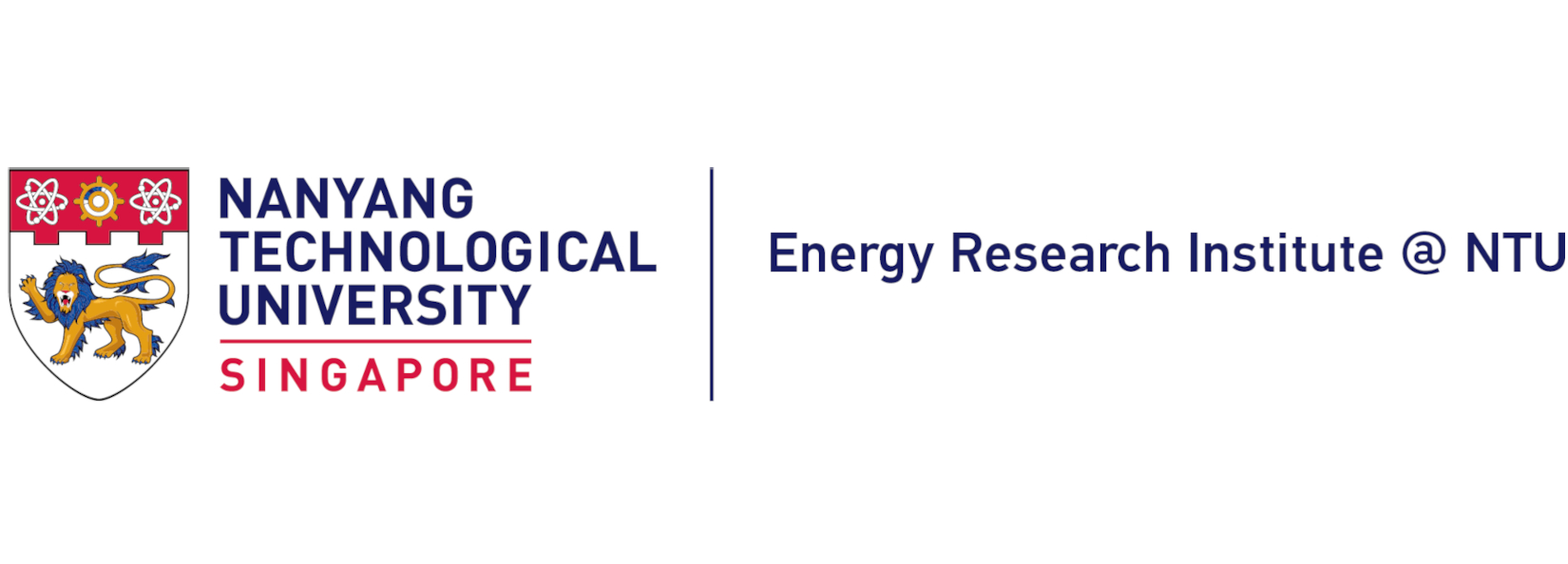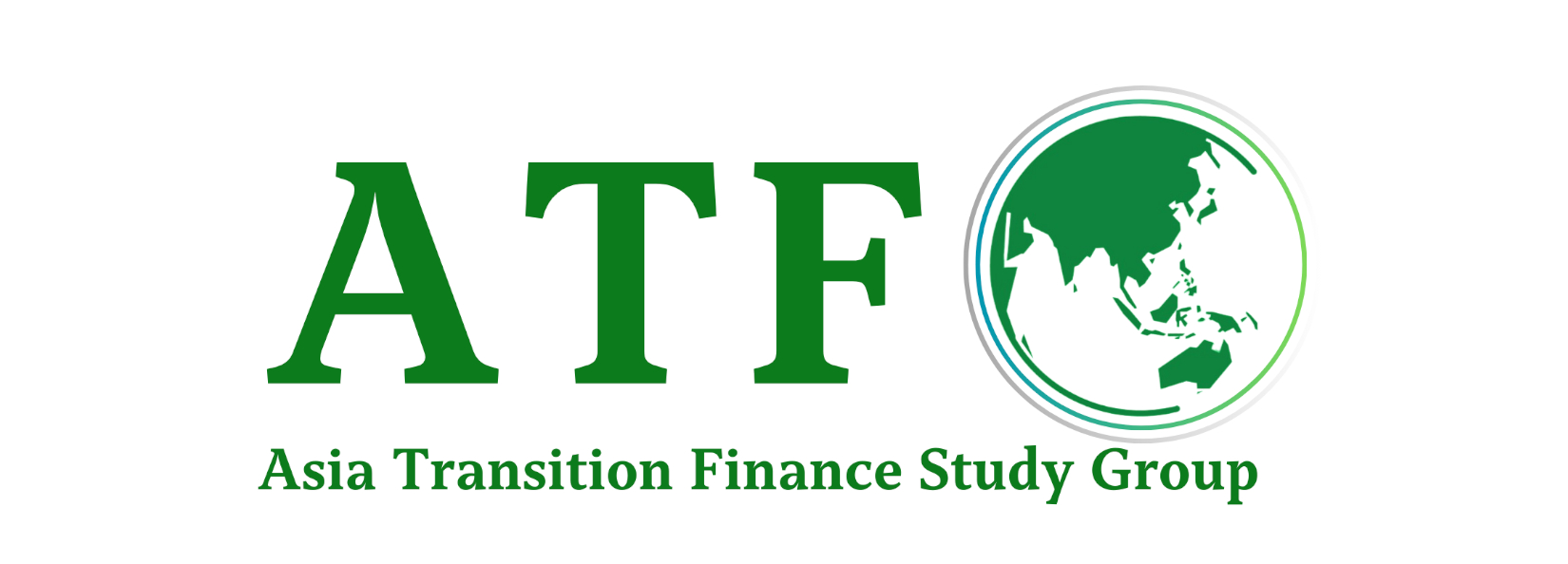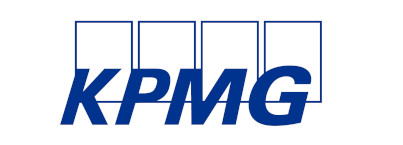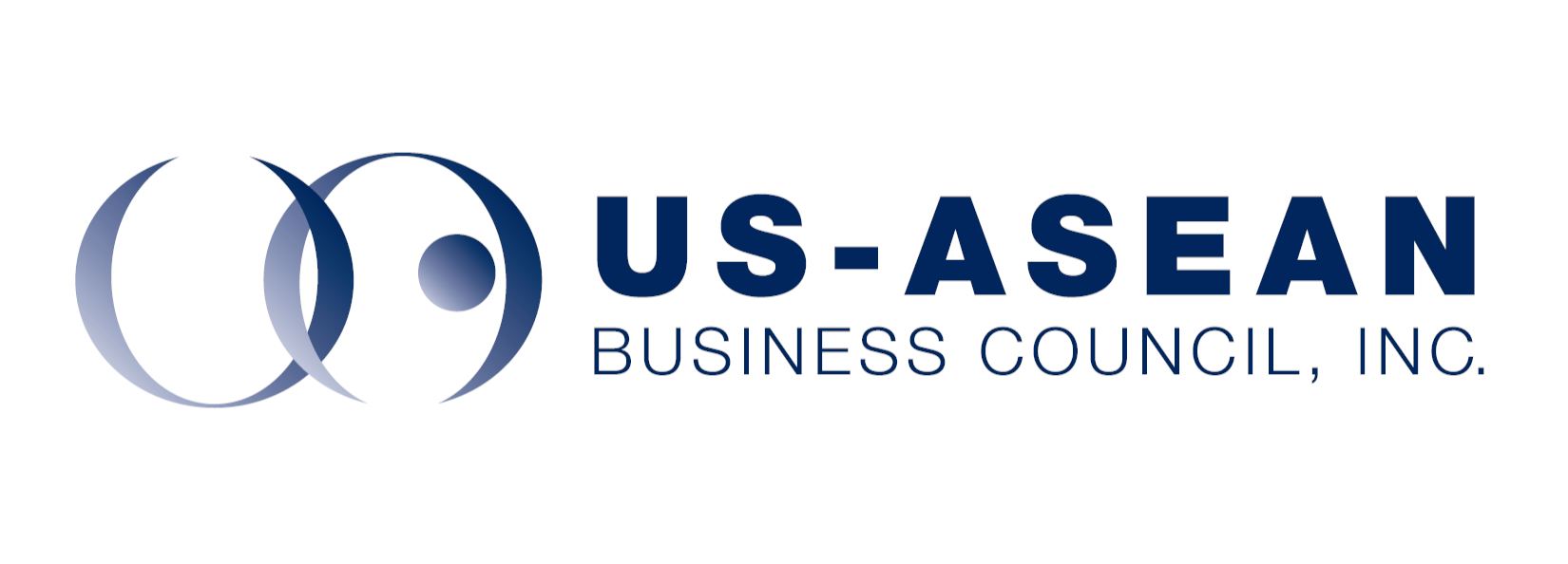At the opening of SIEW Energy Insights 2025, leaders from Singapore, China, and Cambodia reaffirmed that advancing the energy transition depends on shared commitment and coordinated action across borders.
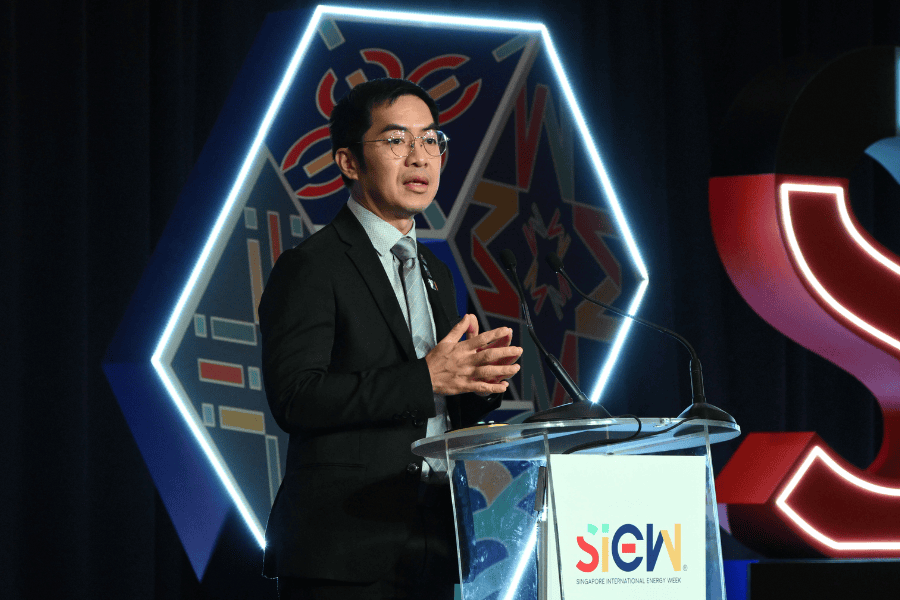
Puah Kok Keong, Chief Executive, Energy Market Authority (EMA), Pan Jingdong, Executive Vice President, State Grid Corporation of China, and H.E. Tun Lean, Advisor, Ministry of Mines and Energy, Kingdom of Cambodia, offered perspectives shaped by their national experiences. Their views converged on a common conviction.
Each emphasised that the path to a low-carbon future must be built together through collaboration, innovation, and trust across borders. Their collective message underscored that the energy transition is global in scope and shared in responsibility.
A collective call to action
In his welcome remarks, Mr Puah set the tone for the SIEW Energy Insights with a call for collaboration and decisive action. He outlined key challenges shaping the energy landscape, from grid resilience and supply chains to rensewables and transition finance. These, he emphasised, require not only technological progress but also trust and cooperation between partners.
Through SIEWConnects dialogues across five countries, EMA is strengthening partnerships to advance regulatory innovation and digital solutions.
Mr Puah also underscored that the energy transition must draw on diverse perspectives and expertise. "Let us not just talk about the future. Let's work together to build it," he said, reinforcing his call for collective action.
China's perspective: building smarter, stronger, greener grids
Mr Pan outlined how State Grid Corporation of China is accelerating the energy transition through system-wide innovation. This year marks the 10th anniversary of the Paris Agreement and the 5th year of China's climate goals. These milestones, he said, reflect continued progress through technology and market reform.
He highlighted four key priorities. The company is investing more than US$92 billion this year to strengthen grid construction and resilience. It has completed 42 UHV projects, expanding inter-regional transmission capacity to over 370 gigawatts (GW). The State Grid is also enhancing coordination among generation, grid, load, and storage. This is supported by the world's largest smart electric vehicle network linking over 33 million vehicles.
Mr Pan shared the company's development of the power industry's first 100-billion-parameter multimodal large-scale model. This innovation has improved renewable forecasting accuracy and boosted operational efficiency. He added that electricity market reforms have lifted market-traded power to 5 trillion kilowatt-hours (KWh), representing 75 percent of total consumption.
Mr Pan stressed that the energy transition is not merely technological but also systemic, "where extensive international cooperation serves as the only way forward".
ASEAN's momentum: powering growth through partnership
Representing ASEAN, H.E. Tun underlined that regional cooperation remains the foundation for a low-carbon and inclusive future. He cited the 43rd ASEAN Ministers on Energy Meeting (AMEM), which adopted new 2030 targets under the ASEAN Plan of Action for Energy Cooperation (APAEC) framework.
Guided by its Power Development Masterplan 2022–2040, Cambodia aims to achieve 70 percent renewable generation capacity by 2030. This will be backed by more than 6 GW of hydropower, solar, and storage projects. The country's first grid-forming battery system is also now operational. A 1 GW pumped-storage hydropower project is being prepared to enhance system reliability. The Government is also developing a Green Energy Special Economic Zone to pilot low-carbon industrial growth.
H.E. Tun reaffirmed Cambodia's support for the ASEAN Power Grid and Lao-Cambodia-Singapore Power Trade Initiative, highlighting cooperation as the bridge between ambition and action. He reiterated Cambodia's commitment to partnership, finance mobilisation, and capacity building, "so that no country is left behind in this regional transition".
Powering a sustainable energy future
From Singapore's innovation drive to China's grid modernisation and Cambodia's regional collaboration, the message was consistent. The energy transition is global, collective, and already in motion.
Building systems today is not only about infrastructure, but also about trust, innovation, and shared resolve to power a sustainable future together.
Stay tuned as the conversation evolves throughout the day. Follow @SIEW_sg on Telegram and X (formerly Twitter) for the latest insights.

















